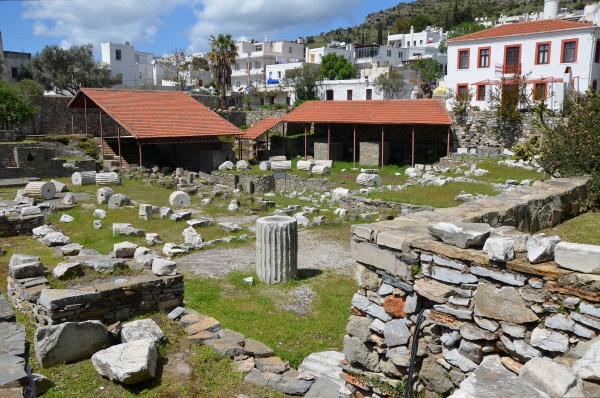Facts About Mausoleum at Halicarnassus
The Mausoleum at Halicarnassus, also known as the Tomb of Mausolus, was an extraordinary burial monument constructed between 353 and 350 BC in Halicarnassus for Mausolus, a satrap in the Achaemenid Empire, and his sister-wife, Artemisia II of Caria. Designed by the Greek architects Satyros and Pythius of Priene, this magnificent structure featured intricate sculptural reliefs on all four sides, crafted by the distinguished Greek sculptors Leochares, Bryaxis, Scopas of Paros, and Timotheus. It was hailed as an architectural masterpiece and secured its place as one of the Seven Wonders of the Ancient World.
Mausolus ruled a small kingdom in Caria and significantly expanded his territory, designating Halicarnassus as his new capital. Following his death, Artemisia took over the construction of the Mausoleum, sparing no expense to honor his memory. The tomb was lavishly adorned with statues, a stairway flanked by stone lions, and a pyramid-shaped roof topped with a quadriga (a four-horse chariot).
The Mausoleum stood proudly for centuries until a series of earthquakes between the 12th and 15th centuries caused its destruction. Over time, the stones from the ruins were repurposed to fortify Bodrum Castle. In the 19th century, excavations unearthed various artifacts and statues from the Mausoleum, some of which are now displayed in museums.
The Mausoleum's influence is still evident in modern architecture, inspiring buildings like PNC Tower in Cincinnati and Los Angeles City Hall. Its legacy endures through its impact on architectural design, as well as its representation in historical accounts and archaeological discoveries.

 Armenia
Armenia